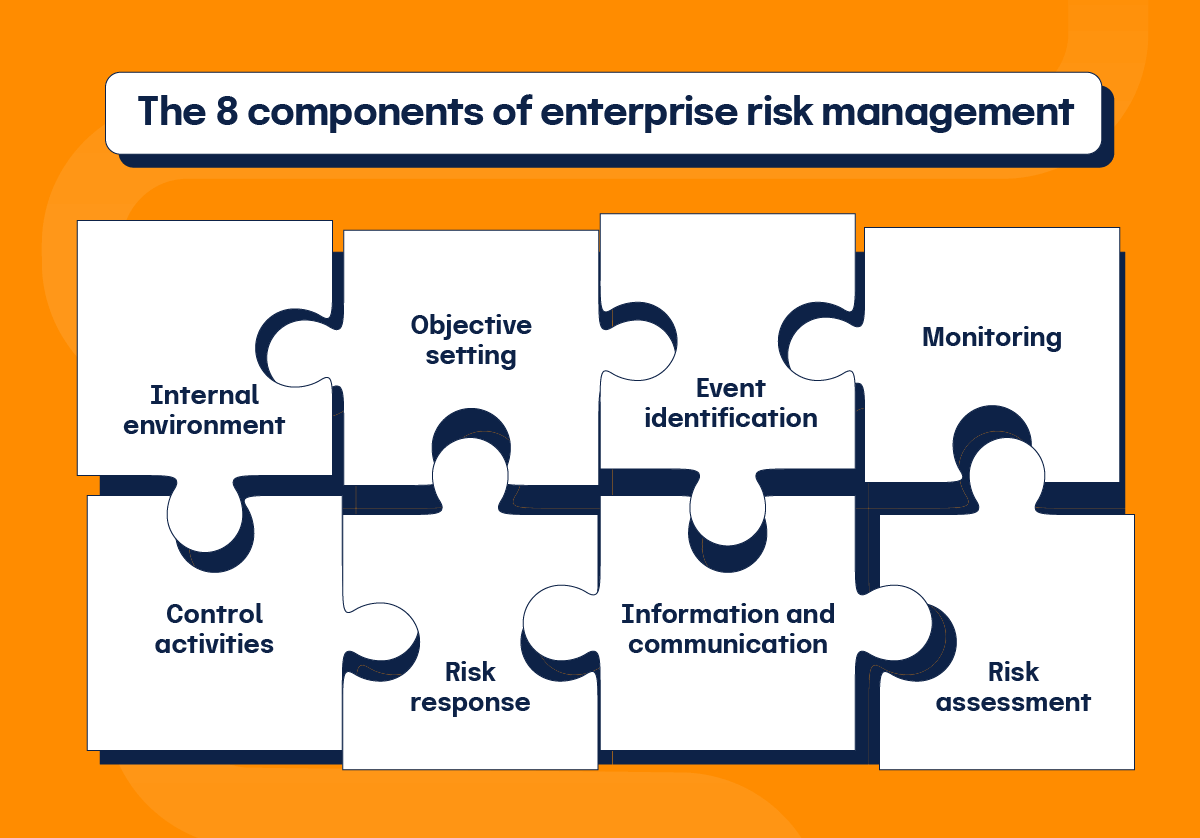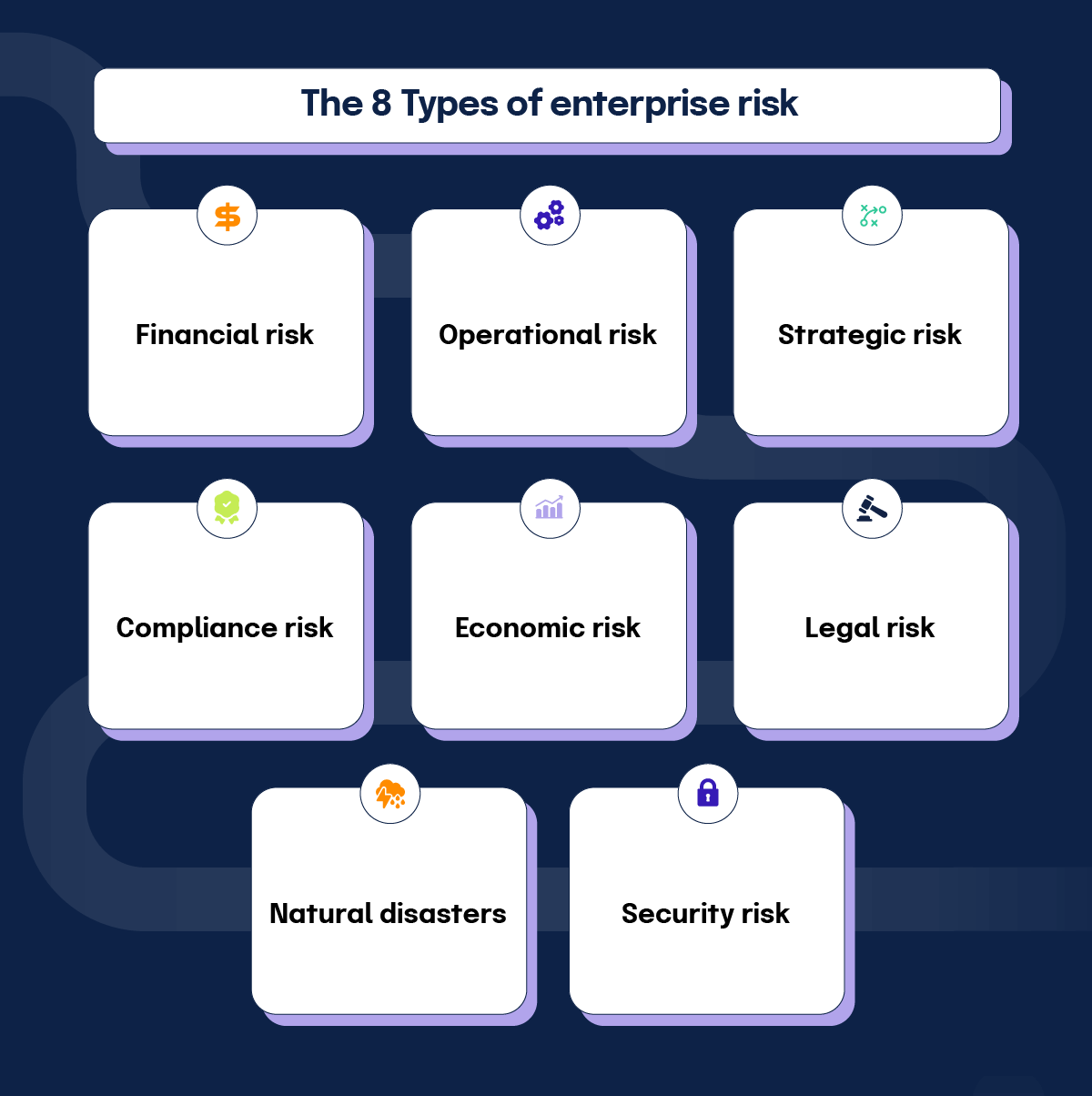Insider threats support a flexible plan for digital resilience
Discover the Role of AI in Supporting Ethics and Stability to Fight Insider Threats Efficiently
The combination of AI in business structures has come to be crucial in attending to expert hazards. By using advanced analytics and real-time tracking, AI systems can determine deviations from moral behavior among workers (Insider threats). This positive approach not only improves compliance however likewise promotes a setting of trust fund. As firms increasingly depend on these modern technologies, inquiries develop concerning their effectiveness and potential ramifications for workplace society. What lies ahead in the evolution of AI's function in advertising stability?
Comprehending Insider Threats and Their Impact on Organizations
Companies usually concentrate on external threats, expert dangers position a substantial danger that can undermine security and stability. These risks emerge from people within the organization, such as staff members or service providers, who might misuse their access to delicate information for personal gain or harmful intent. The impact of expert dangers can be serious, resulting in financial losses, reputational damages, and legal implications.
Elements contributing to insider hazards consist of dissatisfaction with the office, absence of oversight, and poor worker training on security methods. Organizations commonly have a hard time to identify these threats, as they can be tough to identify up until substantial damage has actually occurred. Avoidance techniques should focus on cultivating a culture of count on and responsibility, together with implementing robust tracking and reporting systems. By recognizing and resolving the complexities of insider risks, companies can enhance their safety position and protect their important properties from inner dangers.
The Advancement of AI in Workplace Safety
As companies increasingly challenge varied security challenges, the integration of artificial knowledge (AI) in office protection has actually progressed substantially. AI applications concentrated mainly on automating fundamental safety procedures, such as access control and surveillance. Nevertheless, advancements in artificial intelligence and information analytics have actually changed AI into a positive tool with the ability of identifying potential hazards and vulnerabilities in real-time.
Organizations now leverage AI-driven systems to assess huge quantities of data, enabling them to detect anomalous behavior that may show expert hazards. This development has led to the development of sophisticated formulas that can pick up from historical events, enhancing the system's anticipating abilities. Furthermore, AI tools are increasingly made use of to enhance incident reaction processes, permitting safety groups to act quickly and efficiently.
Exactly How AI Monitors Staff Member Actions for Ethical Conformity
Man-made intelligence plays an important duty in monitoring employee actions to assure moral conformity within organizations. AI systems evaluate vast quantities of information produced by workers, consisting of interactions, deals, and access to delicate information. By utilizing sophisticated formulas, these systems can identify inconsistencies from developed honest criteria and company policies.
Device understanding designs continually adapt to identify patterns of habits that may show ethical violations, such as unauthorized data accessibility or uncommon deal tasks. Insider threats. On top of that, AI-driven tools can give real-time informs to management, assisting in prompt interventions when possible threats are discovered
The assimilation of AI into compliance tracking not just boosts the organization's capability to promote stability but also fosters a culture of liability among employees. By promoting transparency, AI systems function as a deterrent against unethical habits, ensuring that staff members continue to be straightened with honest standards and organizational worths.
Examining Patterns: Determining Risky Habits With AI
A growing variety of organizations are leveraging AI to examine patterns that may indicate risky habits among workers. By using sophisticated formulas, these systems can sort through vast amounts of data, determining abnormalities in individual habits that can recommend prospective insider hazards. For example, AI can find unusual access patterns to sensitive details, such as employees accessing documents outside their normal scope of job or throughout atypical hours. Furthermore, behavioral analytics can highlight constant modifications in a worker's communication design or collaboration behaviors, which might signify underlying concerns. This proactive strategy allows organizations to identify risk aspects before they rise into substantial dangers. Consequently, the integration of AI into checking practices not only enhances protection but likewise fosters a culture of liability and ethical behavior. By determining these patterns, companies can much better understand the behavioral characteristics within their labor force, inevitably advertising a much safer and a lot more honest job environment.
Real-Time Insights: Immediate Reactions to Prospective Dangers
Real-time insights through anticipating analytics and automated sharp systems play a necessary role in dealing with potential risks to principles and stability. By leveraging these innovations, organizations can expect dangerous habits and react promptly to reduce risks. This aggressive method improves responsibility and promotes a society of honesty in different environments.
Predictive Analytics Applications

Automated Alert Systems
Anticipating analytics gives a foundation for organizations to improve their responsiveness to honest issues through automated sharp systems. These systems use real-time data to monitor tasks, spotting abnormalities that might represent possible insider hazards. By leveraging equipment discovering algorithms, automated signals can identify patterns of behavior that differ established standards, enabling for swift treatment. This immediacy is vital in mitigating risks related to unethical practices. In addition, automated alert systems can simplify communication amongst appropriate stakeholders, guaranteeing that possible risks are resolved immediately and effectively. As companies significantly count on AI-driven solutions, the combination of automated sharp systems will play an essential duty in fostering a culture of values and integrity, eventually guarding organizational properties.
Cultivating a Culture of Count On With AI-Driven Transparency
AI-driven transparency can significantly boost trust within organizations by advertising liability and open communication. Through real-time tracking remedies, stakeholders can gain insights into processes and decision-making, cultivating a society of integrity. Data-driven decision-making even more supports this transparency, allowing notified selections that align with ethical requirements.
Enhancing Transparency and Responsibility
Exactly how can companies properly cultivate a society of trust? By boosting transparency and responsibility with the calculated use synthetic intelligence. AI can help organizations methodically track decision-making processes, ensuring that actions align with recognized honest standards. This transparency allows employees to see the reasoning behind policies and decisions, lowering obscurity and promoting a sense of fairness. In addition, AI-driven devices can assist in clear communication concerning expectations and duties, equipping individuals to take ownership of their activities. As responsibility ends up being ingrained in the business culture, staff members are most likely to take part in honest habits, understanding their actions are checked and examined. Ultimately, this approach grows an atmosphere where trust can prosper, greatly mitigating the danger of insider dangers.
Real-Time Monitoring Solutions
As organizations progressively seek to promote a culture of trust fund, real-time tracking solutions become a crucial device in improving openness. These AI-driven systems continuously track tasks, offering insights right into customer behavior and possible anomalies that may show expert risks. By implementing such monitoring redirected here solutions, companies can proactively recognize risks, ensuring prompt actions to questionable tasks. This not just safeguards delicate details yet additionally strengthens a commitment to moral methods. The clear nature of real-time surveillance helps develop worker self-confidence, as people are aware that their actions are being observed for the better good. Inevitably, these services serve to cultivate a workplace setting based in count on, accountability, and ethical stability, important for minimizing expert hazards effectively.

Data-Driven Decision Making
Real-time tracking options prepared for data-driven decision production, which substantially boosts business openness. By leveraging AI modern technologies, organizations can analyze vast quantities of information to identify anomalies and patterns indicative of potential insider threats. This analytical strategy makes it possible for stakeholders to make educated decisions grounded in empirical proof, promoting a culture of trust fund amongst staff members. Openness in decision-making processes, strengthened by AI-driven insights, urges liability and ethical habits. Furthermore, it permits companies to proactively deal with vulnerabilities, guaranteeing that actions taken are warranted and connected plainly. As a result, the execution of data-driven approaches not only mitigates threats connected with insider dangers however likewise reinforces the worths of honesty and ethical conduct within the business framework.
Future Fads: The Role of AI in Enhancing Workplace Ethics
While companies significantly turn to fabricated knowledge for functional efficiency, the capacity of AI to enhance work environment ethics is obtaining prestige. Future patterns show that AI will certainly play an essential duty in developing moral frameworks and guidelines, permitting organizations to browse complex ethical problems. By analyzing huge quantities of data, AI can determine patterns of underhanded behavior and supply understandings that promote openness and liability.
AI-driven tools can help with real-time surveillance of employee interactions, assuring adherence to moral criteria. This positive strategy not only alleviates expert risks yet also cultivates a culture of honesty. As organizations accept AI technologies, they need to likewise prioritize honest programming and mathematical bias decrease to assure fairness.
In this advancing landscape, the combination of AI in moral techniques stands for a transformative change, fostering an environment where integrity is not merely expected yet methodically enhanced.
Regularly Asked Inquiries
Just How Does AI Differentiate Between Benign and Malicious Actions?
AI separates between destructive and benign actions by examining patterns in individual habits, utilizing maker understanding formulas to determine abnormalities, and reviewing contextual information to figure out whether activities line up with well-known standards or show prospective threats.
Can AI Devices Replace Human Being Judgment in Moral Decision-Making?
AI devices can not totally change human judgment in honest decision-making. While they can evaluate information and determine patterns, the nuanced understanding Check Out Your URL of context, worths, and moral effects still calls for human understanding and discernment.
What Are the Privacy Implications of AI Keeping An Eye On Staff Member Behavior?

Exactly How Can Organizations Make Certain AI Algorithms Are Morally Created?
Organizations can ensure AI algorithms are fairly created by carrying out transparent development procedures, entailing varied stakeholders, performing routine audits, and sticking to recognized ethical structures that focus on fairness, accountability, and regard for individual privacy and civil liberties.
What Training Is Required for Team to Comprehend Ai's Ethical Duty?
Personnel training must encompass fundamental AI values, information personal privacy, and prejudice understanding. Workshops, study, and interactive sessions can boost understanding, making sure employees identify AI's ethical ramifications and its duty in fostering honesty within the organization.
Fabricated knowledge plays a vital duty in keeping an eye on worker habits to guarantee moral conformity within organizations. The assimilation of AI right into keeping track of methods not just enhances safety yet likewise promotes a society of accountability and ethical actions. While organizations progressively encounter ethical dilemmas and prospective stability breaches, predictive analytics applications provide timely understandings that can aid alleviate these risks. Anticipating analytics provides a foundation for organizations to boost their responsiveness to ethical issues through automated sharp systems. Future patterns suggest that AI will play a vital role in creating ethical structures and standards, permitting organizations to browse complicated ethical problems.